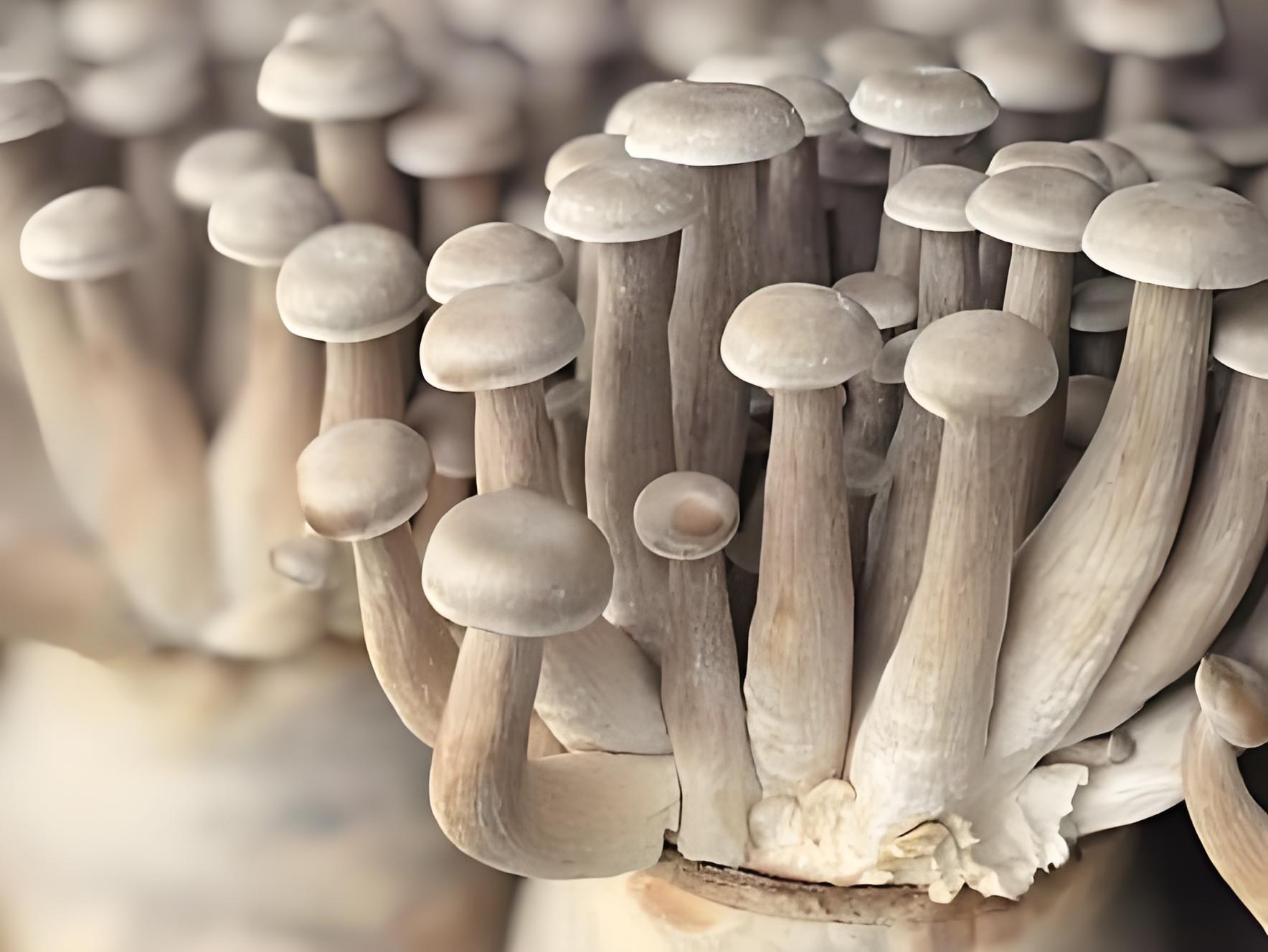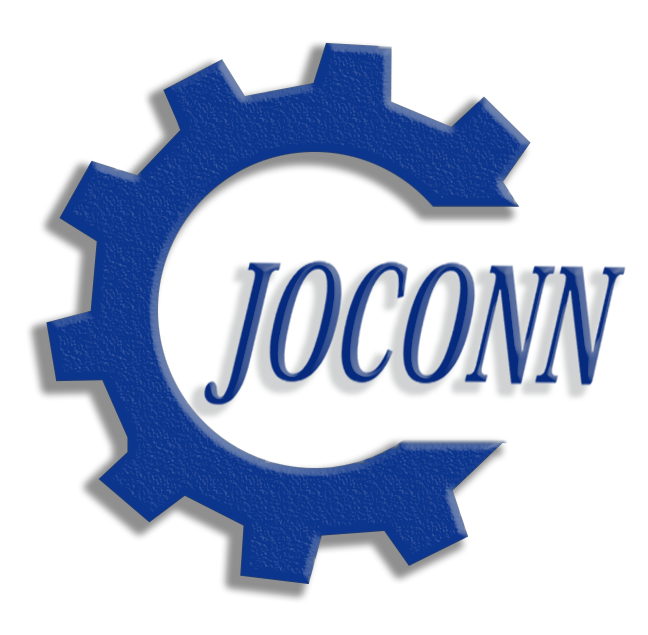
I. Cultivation History
Factory-based production of deer antler mushrooms first appeared in Japan. Factory-based bottle cultivation of deer antler mushrooms was pioneered in southern my country in 2006. Bag cultivation of deer antler mushrooms has gradually matured since 2019. Bag cultivation allows for larger fruiting areas and significantly higher yields than bottle cultivation. It can be sold fresh or dried, quickly becoming popular throughout China.
II. Biological Characteristics
Temperature: Deer antler mushrooms are medium- to low-temperature-tolerant fungi, often grown on poplar trees that have been fermented for six months. The cultivation environment temperature should be controlled between 18 and 21┬░C.
Light: Shading is essential during the cultivation phase.
Humidity: Maintain air humidity between 65% and 70% during the cultivation phase and between 85% and 92% during the fruiting phase. The cultivation process is divided into the establishment phase, the heat-generating phase, and the after-ripening phase. The fruiting phase is artificially divided into the budding phase, the elongation phase, and the maturity phase. Different emphasis is placed on temperature, light, water, and air quality during each phase. Air: During the cultivation period, CO2 concentration is controlled at 0.2%. Management focuses vary depending on the stage. During the establishment period, the focus is on maintaining clean air and maintaining positive pressure. During the fever period, the focus is on temperature control to prevent "burning" of the mushroom bags. During the post-ripening period, the focus is on ventilation and internal air circulation to reduce CO2 concentration to 0.15%.
III. Production Model
Mushroom cultivation companies have all opted for the slurry bag cultivation method. Due to the limited diameter of the cultivation bottles, bottle cultivation is less common.
Analyzing the cross-sectional surface area of the two cultivation containers, cultivation bottles require strength due to overlapping stacking, resulting in thicker walls and slower heat dissipation. The smaller bottle mouths also reduce the fruiting area. Bag cultivation does not present this problem. Mushroom is a clumping fungus, and yield is positively correlated with the number of sprouts. Bag cultivation offers high yield potential due to its large fruiting area, while bottle cultivation offers relatively low yields.








